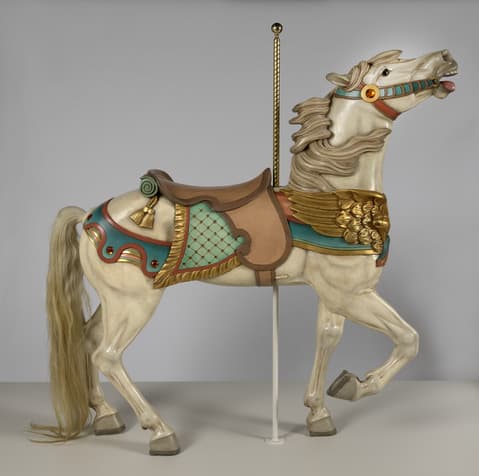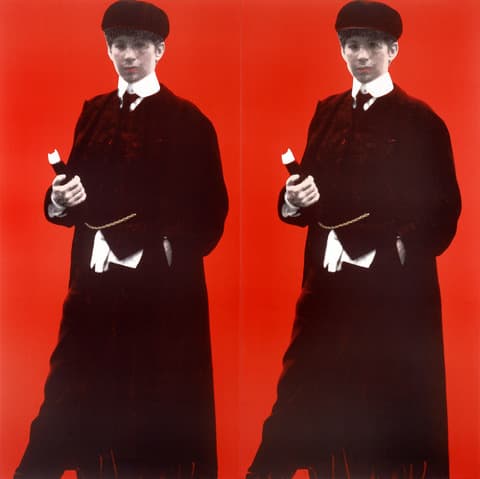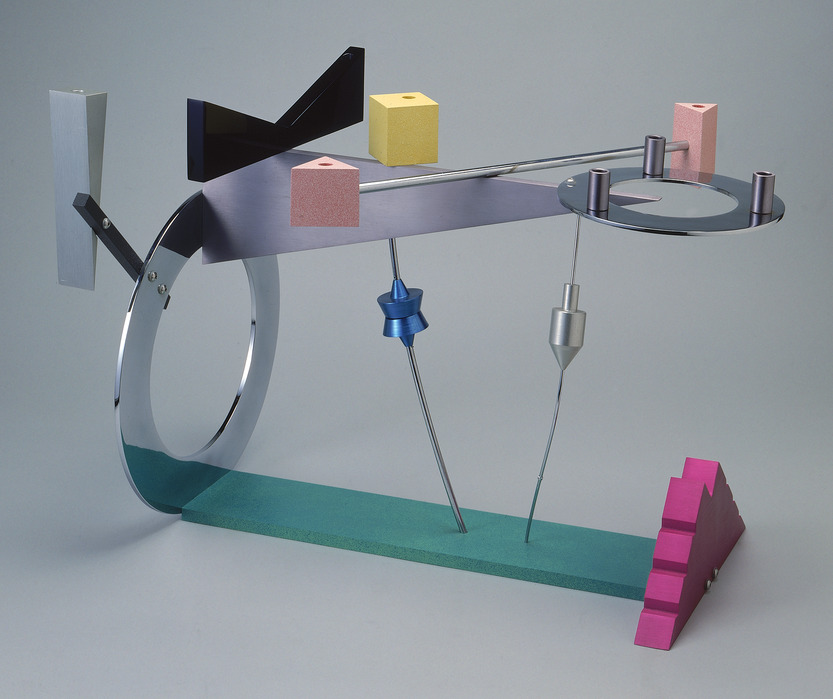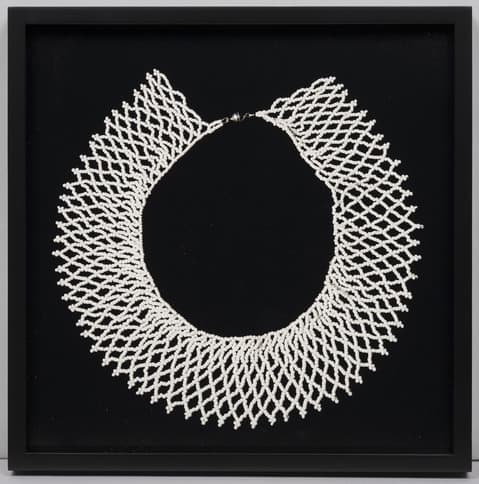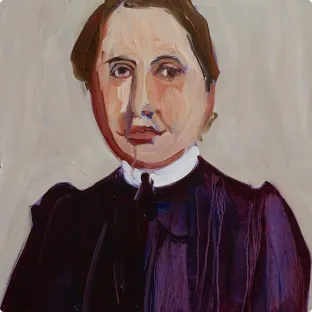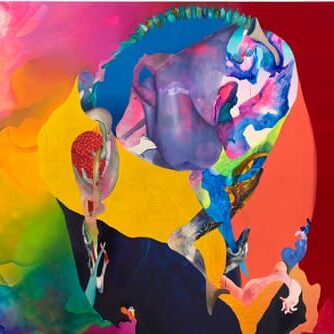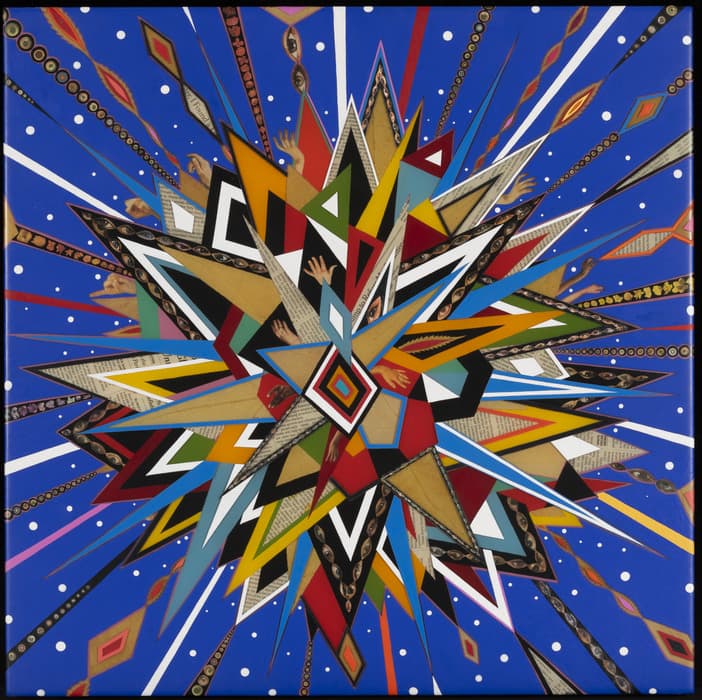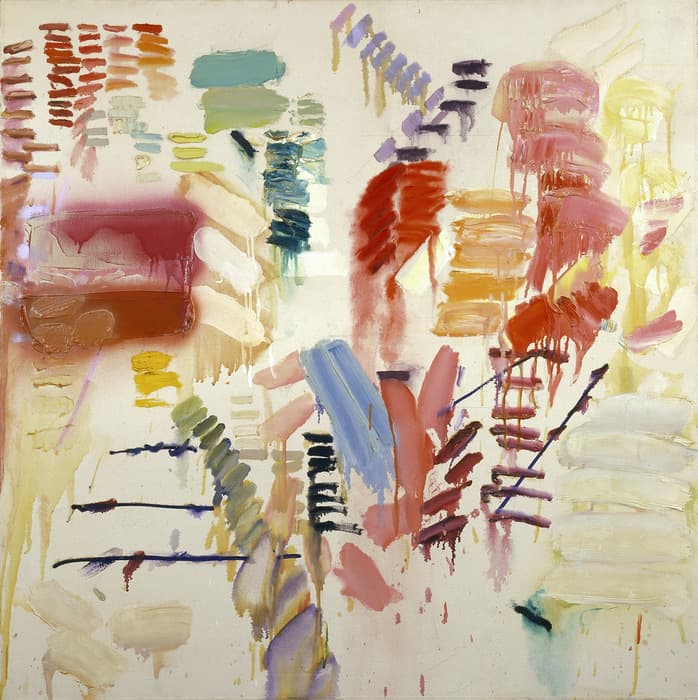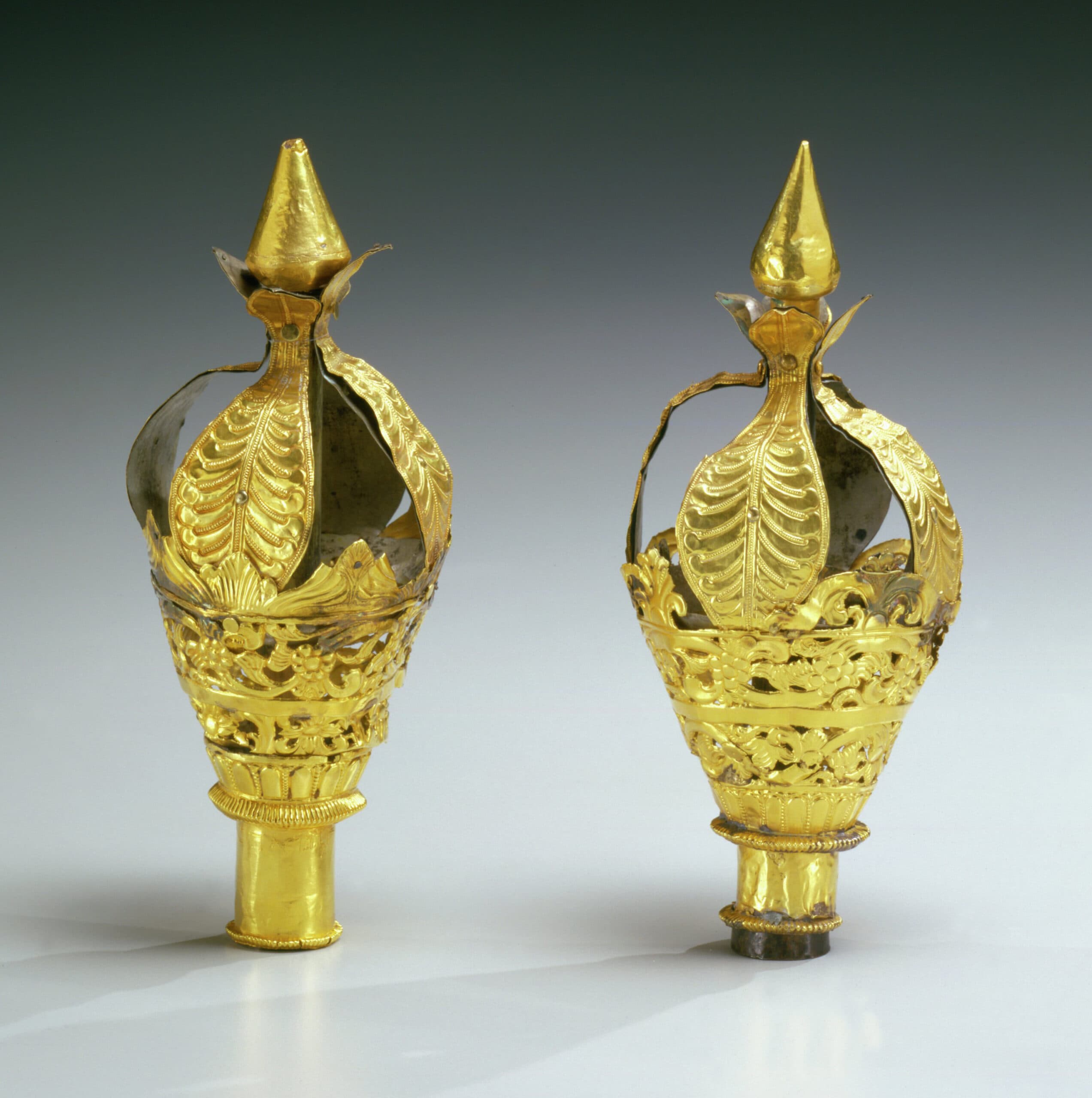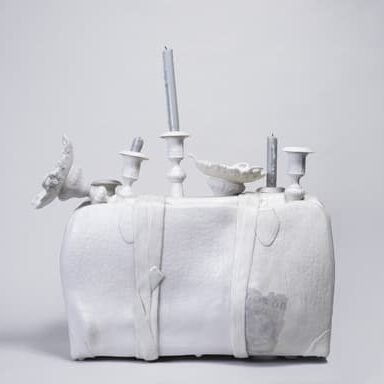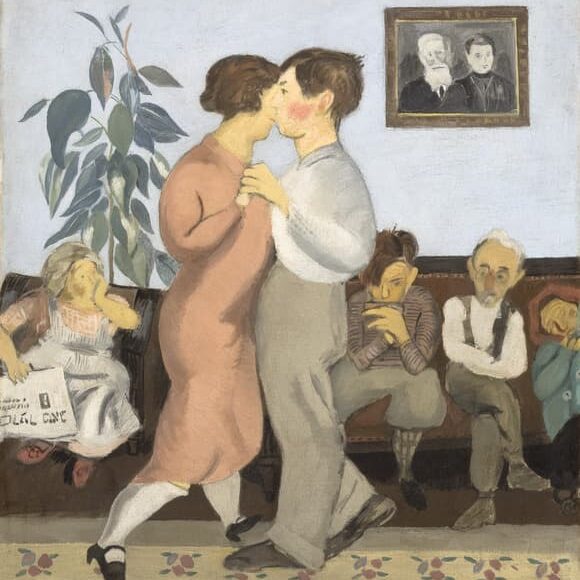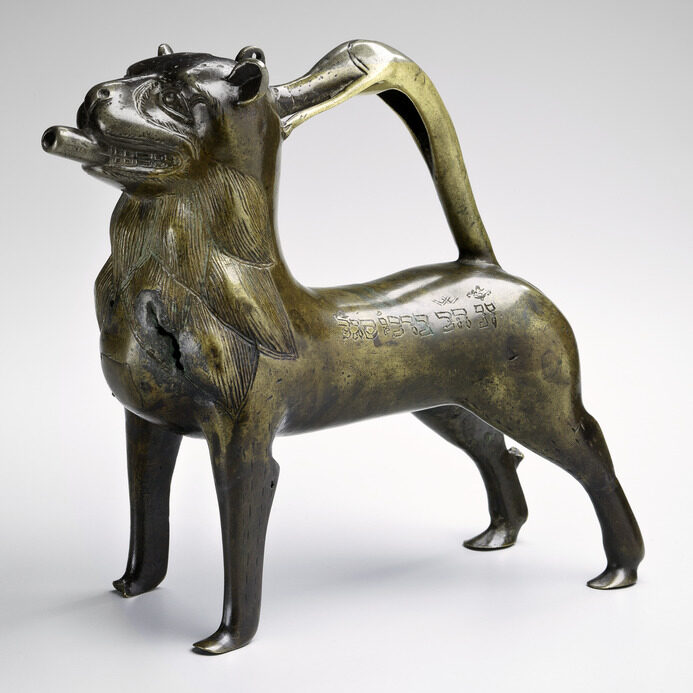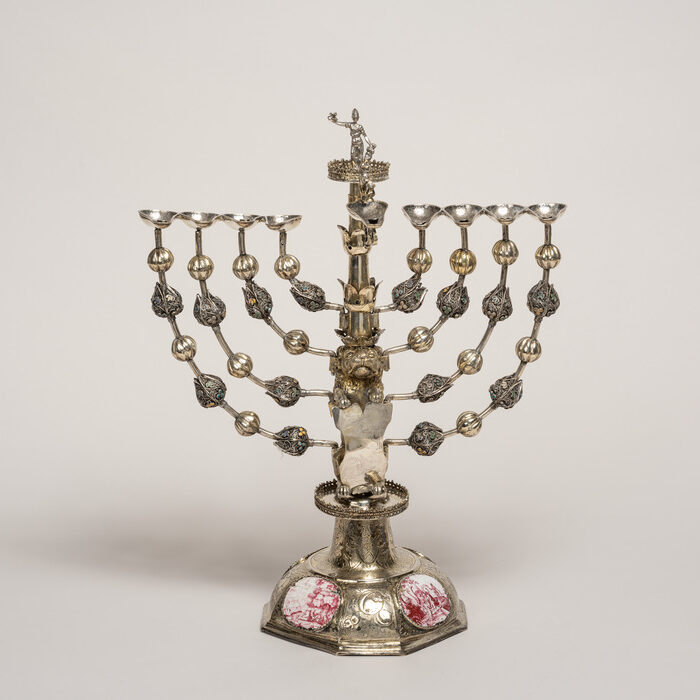Exhibition Focused on Alfred Stieglitz's Iconic Work The Steerage Opens September 25, 2015
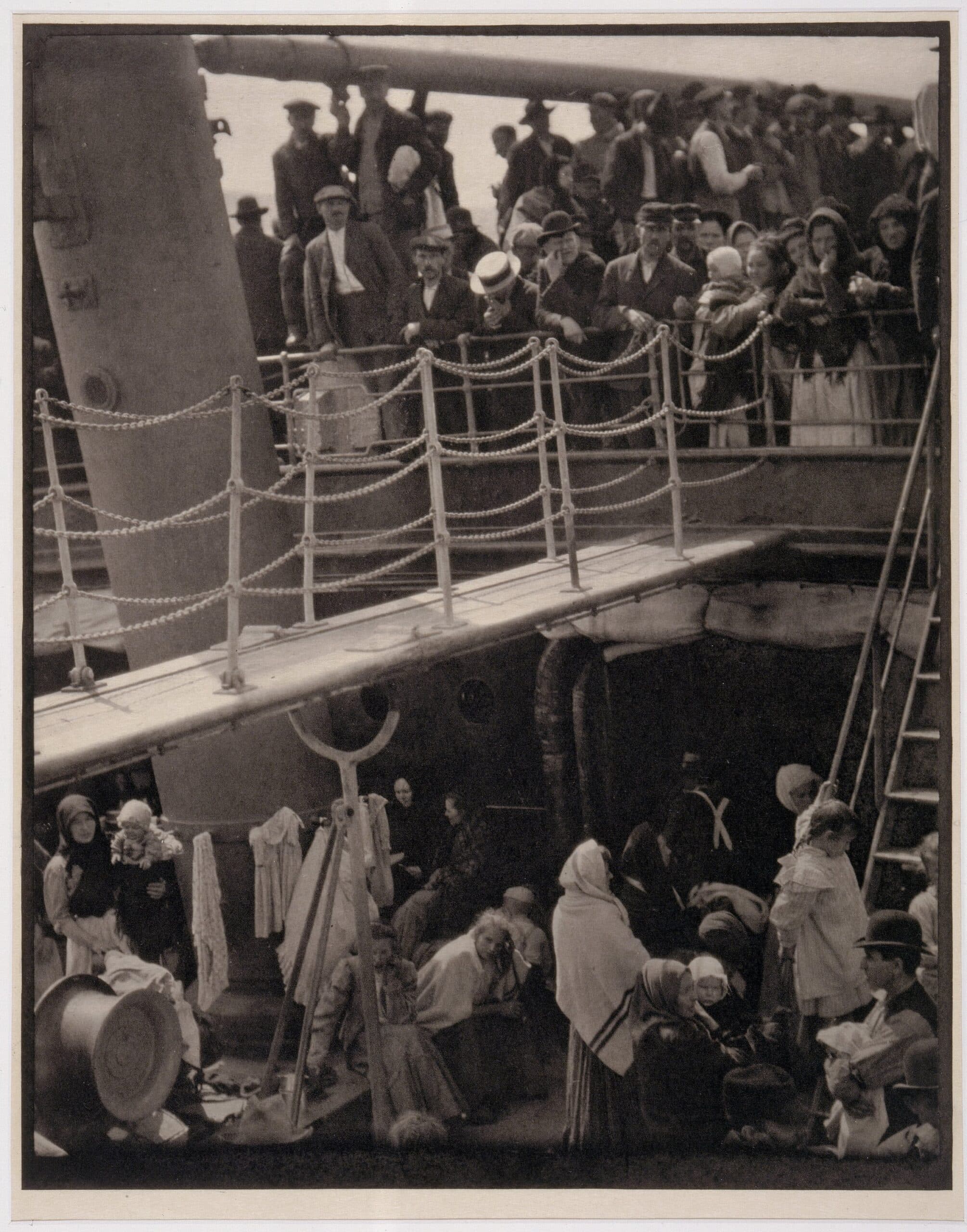
Fifth Offering in Exhibition Series Exploring Works from the Jewish Museum
New York, NY – Showcasing an acclaimed work by the photographer Alfred Stieglitz (1864-1946), Masterpieces & Curiosities: Alfred Stieglitz's The Steerage continues a series of exhibitions focused on individual works in the Jewish Museum’s world-renowned collection. On view from September 25, 2015 to February 14, 2016, this exhibition focuses on Stieglitz’s enduring 1907 photogravure of steerage-class passengers aboard the ocean liner Kaiser Wilhelm II. This much-reproduced image has often been regarded as evidence of the poor conditions under which many immigrants arrived in America, but in fact was taken on a voyage from the United States to Europe. As such, it is a document of people who were likely denied entry and citizenship to the United States. Stieglitz's concerns, however, were largely aesthetic rather than social-minded: he was moved more by the picture's formal qualities than its subject matter. Stieglitz considered the work to be his greatest triumph in a long, illustrious career as a photographer, stating later in life, “If all my photographs were lost, and I’d be represented by just one, The Steerage, I’d be satisfied.”
Alfred Stieglitz’s The Steerage also includes related artworks from the Jewish Museum’s collection. Arnold Newman’s 1944 double portrait of Stieglitz and the artist Georgia O’Keeffe (whom he married in 1924) will be on view, along with Vik Muniz's contemporary rendition of The Steerage, which he recreated in chocolate sauce in 2000.
The fifth show in the Masterpieces & Curiosities series, Alfred Stieglitz's The Steerage demonstrates the artist's ceaseless promotion of the image, from its reproduction in Camera Work, Stieglitz’s high-minded art journal, to popular magazines such as Vanity Fair.
The exhibition will also feature Stieglitz's own account of its creation, which he recorded for posterity in 1942. Looking back, he recalls the excitement he felt upon discovering a beautifully composed scene among the steerage passengers:
How I hated the atmosphere of the first class on that ship. One couldn’t escape the nouveaux riches. I had to get away from that company. As I came to the end of the [deck] I stood alone, looking down. The whole scene fascinated me. I longed to escape from my surroundings and join those people. I saw a picture of shapes and underlying that the feeling I had about life. Should I try to put down this seemingly new vision that held me – people, the common people, the feeling of ship and ocean and sky and the feeling of release that I was away from the mob called the rich? Here would be a picture based on related shapes and on the deepest human feeling, a step in my own evolution, a spontaneous discovery.
The discrepancy in experience between those, like Stieglitz, traveling in first-class, and those in steerage, will be further explored through a variety of objects. An exact model of the Kaiser Wilhelm II, on loan from the South Street Seaport Museum, will demonstrate the sheer scale of this impressive ocean liner, which was one of the biggest and fastest vessels of its day. Vintage postcards depicting the lavish German Baroque Revival interiors will demonstrate the grandeur of its first-class cabins. By contrast, Edward A. Steiner’s On the Trail of the Immigrant, published in 1906, will provide an unsparing account of the wretched steerage conditions aboard the same ship:
The 900 steerage passengers crowded into the hold of so elegant and roomy a steamer are positively packed like cattle, making a walk on deck when the weather is good, absolutely impossible, while to breathe clean air below in rough weather, when the hatches are down is an equal impossibility. On the whole, the steerage of the modern ship ought to be condemned as unfit for the transportation of human beings. Every cabin passenger who has seen and smelt the steerage from afar, knows that it is often indecent and inhuman; and I, who have lived in it, know that it is both of these and cruel besides.
Despite the actual circumstances of its creation, by the mid-twentieth century The Steerage came to be viewed as the quintessential image of immigrants en route to America. The writer Alfred Kazin published The Steerage as the frontispiece to A Walker in the City, his 1951 memoir about growing up in Brooklyn, the son of poor Jewish immigrants. “I imagined my mother as the woman who stands on a lower level draped in a towel, facing away,” he later explained. “My mother seemed to be frozen forever on that lower deck.” The image continues to resonate on a personal level, especially with Jewish Americans, who often mistake the same figure in the foreground for a Jewish man mid-prayer (at a quick glance, the striped cloth looks like a tallit, or prayer shawl). Perhaps for this reason above all, The Steerage has become, quite literally, the textbook image for Jewish immigration: it appears on the cover of The Columbia History of Jews & Judaism in America, published in 2008.
The Steerage epitomizes Alfred Stieglitz’s urban style, which emphasized clarity of detail and photography’s ability to capture reality. The photograph is evenly divided between the upper and lower steerage decks of the ship, separated by the sharp diagonal of the suspended walkway. Both decks are crowded with people. While Stieglitz was traveling in first-class with other well-off leisure travelers, the steerage level below held lower-class immigrants returning to Europe. The question remains as to whether the immigrants were being forcibly sent back to Europe by the United States government – as many were for reasons of disease, “poor moral health,” or lack of financial support in the States – or if they were leaving of their own accord, either to visit family, or returning for good, disillusioned with the country they had believed would change their fate.
Born in 1864 in Hoboken, New Jersey, to German Jewish immigrant parents, Alfred Stieglitz moved with his family to Berlin in 1881. While in Berlin, he started to experiment with photography, becoming adept at its technical processes. Returning to New York in 1890, Stieglitz began photographing the changing urban environment, focusing on the people, building, and industry that had yet to be accepted as subjects of artistic photography. Stieglitz helped found the Camera Club of New York in 1896, and in 1903 inaugurated the journal Camera Work, which published technical articles, essays on aesthetics, literature, criticism, and theories of modern art. Alfred Stieglitz’s Little Galleries of the Photo-Secession, founded with Edward Steichen in 1905, and better known as 291 for its Fifth Avenue location, was the first in the United States to show the work of European modernist artists including Matisse, Cezanne, and Picasso. Stieglitz also championed photography as a fine art – his own as well as that of others – long before it gained such recognition in America. Through 291 and Camera Work, Stieglitz supported the work of American modernists such as Arthur Dove, Marsden Hartley, Elie Nadelman, Max Weber, Paul Strand, Charles Demuth, and Georgia O’Keeffe.
Over the course of the seven exhibitions in the Masterpieces & Curiosities series, which runs from 2013 to 2017, the Jewish Museum's curators are exploring objects that highlight the breadth and diversity of the collection, ranging from an iconic Diane Arbus photograph, to a Moroccan wedding costume. These intimate exhibitions provide new insights into works from the Museum's collection – contextualizing, examining, and rethinking the piece on view by surrounding it with other artworks, documents, and source materials.
Masterpieces & Curiosities: Alfred Stieglitz's The Steerage is curated by Rebecca Shaykin, Leon Levy Assistant Curator. The Masterpieces & Curiosities series was organized by Jens Hoffmann, Deputy Director, Exhibitions and Public Programs, and coordinated by Daniel S. Palmer, Leon Levy Assistant Curator.
Support
Masterpieces & Curiosities: Alfred Stieglitz's The Steerage is made possible by an anonymous donation in memory of Curtis Hereld and the Horace W. Goldsmith Foundation Exhibition Fund.
Additional support is provided by the Leon Levy Foundation.
Press contacts
Anne Scher, Molly Kurzius, or Alex Wittenberg
The Jewish Museum
212.423.3271 or [email protected]
